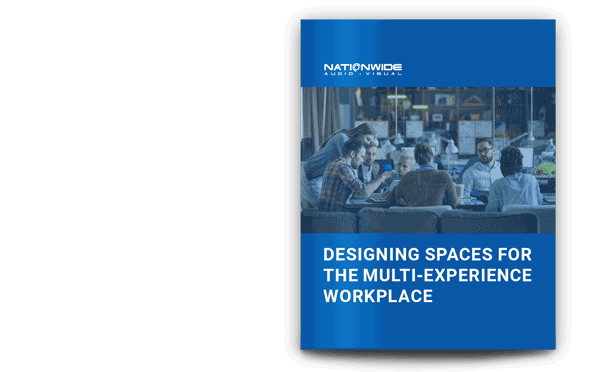9 EdTech Trends to Watch in 2023
For an industry that has sometimes lagged behind others in adopting new technology, education has taken some giant leaps forward in the past few years. And now, there’s plenty of new tech for educators, parents, and students who want to keep that momentum.
The latest tech trends will affect many aspects of education, including issues like digital equity, remote learning, and health and safety. Here are nine trends impacting education in and out of the classroom.
- Artificial intelligence (AI) isn’t new, but the tools are improving, and more organizations are finding ways to take advantage of the technology. Educational uses include chatbots that can answer student questions, keep learners engaged, collect course feedback and analyze sentiment, and more. AI also plays a role in natural language process (NLP) applications, personalized learning software, and self-led learning.
- Nano-learning or microlearning involves providing brief lessons to students in easy-to-digest formats. Similar to content consumption on social media, nano-learning favors short videos, brief tutorials, and super-concise lessons and texts. The idea is that these formats are more effective for student attention spans and learning styles.
- Personalized learning and self-led learning create experiences for the individual learner based on learning style, level of understanding, and format preferences. Mobile apps and other tools can use AI to personalize lessons and ensure students don’t get left behind.
- Game-based learning and esports capitalize on the inherent appeal of gaming for students. Apps and virtual reality are just some of the technologies that play a role in gamification. The trend is not only good for learning but also includes a social factor that can build confidence and relationships.
- Extended reality (XR) (including virtual, augmented, and mixed reality) technology lets students learn skills in ways that mimic real life and immerse them in lessons via simulated or digital environments. This technology can be used for a variety of lessons, from an underwater ocean field trip to a crisis simulation to medical, public health, and safety students.
- Digital twins are virtual or simulated models of a physical object or system. In education, the intent is to virtually but accurately recreate something for the purpose of learning about it, in it, or from it. Students can virtually attend a digital twin or metaverse version of their school campus when learning remotely. They can experience not only a lecture within the virtual walls of their classroom, but even “walk” the halls, and interact with others.
- Security technology like integrated and remote access control will allow the automation of security tools like smart doors and locks. A variety of types of scanners (to detect weapons, substances, etc.), as well as facial recognition tools, are just some of the other technology trends administrators are adopting to make campuses safer.
- The internet of things (IoT) is impacting education by helping to connect data, physical spaces, and virtual systems. Interactive whiteboards are IoT devices commonly used in schools, but any internet-connected devices can be part of an IoT ecosystem. Schools can use IoT sensors to manage devices, resources, and energy consumption. They can use IoT devices to monitor student attendance, health, and well-being, as well as detect physical and environmental threats.
- Data management is improving through the use of technologies like blockchain and cloud computing. From securely storing student records to maintaining a vast library of readily accessible information, administrators are using technology to improve digital equity and ease schools’ data management burdens.
Nationwide Audio Visual started selling edtech decades ago, and we still love working with schools to help them make the most of their classroom technology investments. Want to talk to an edtech expert about how to implement any of these trends? Give us a call or send us a message today.



